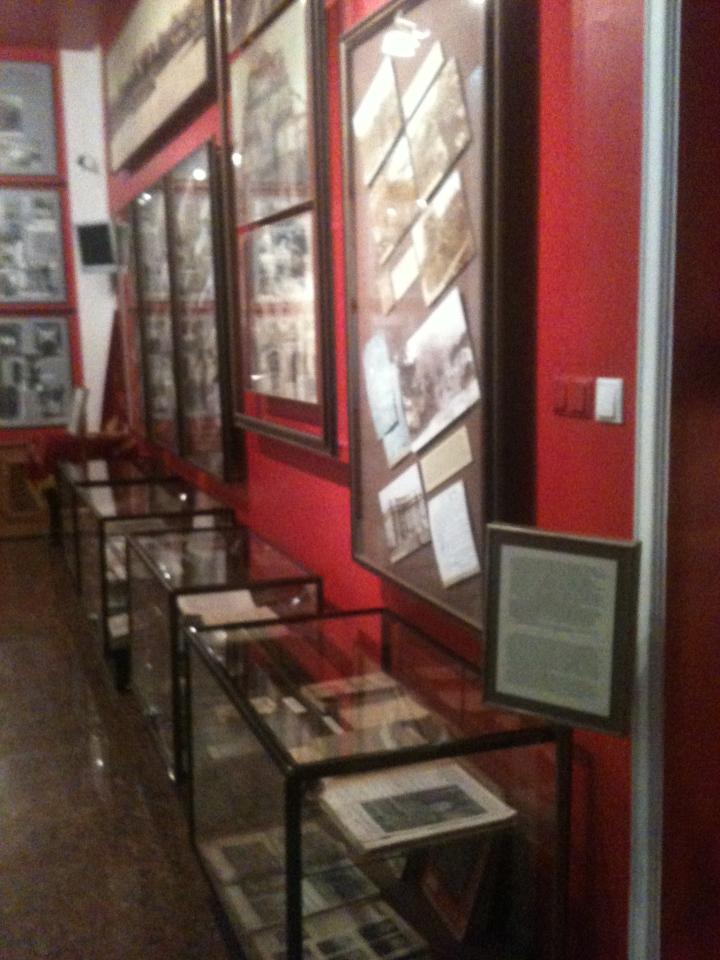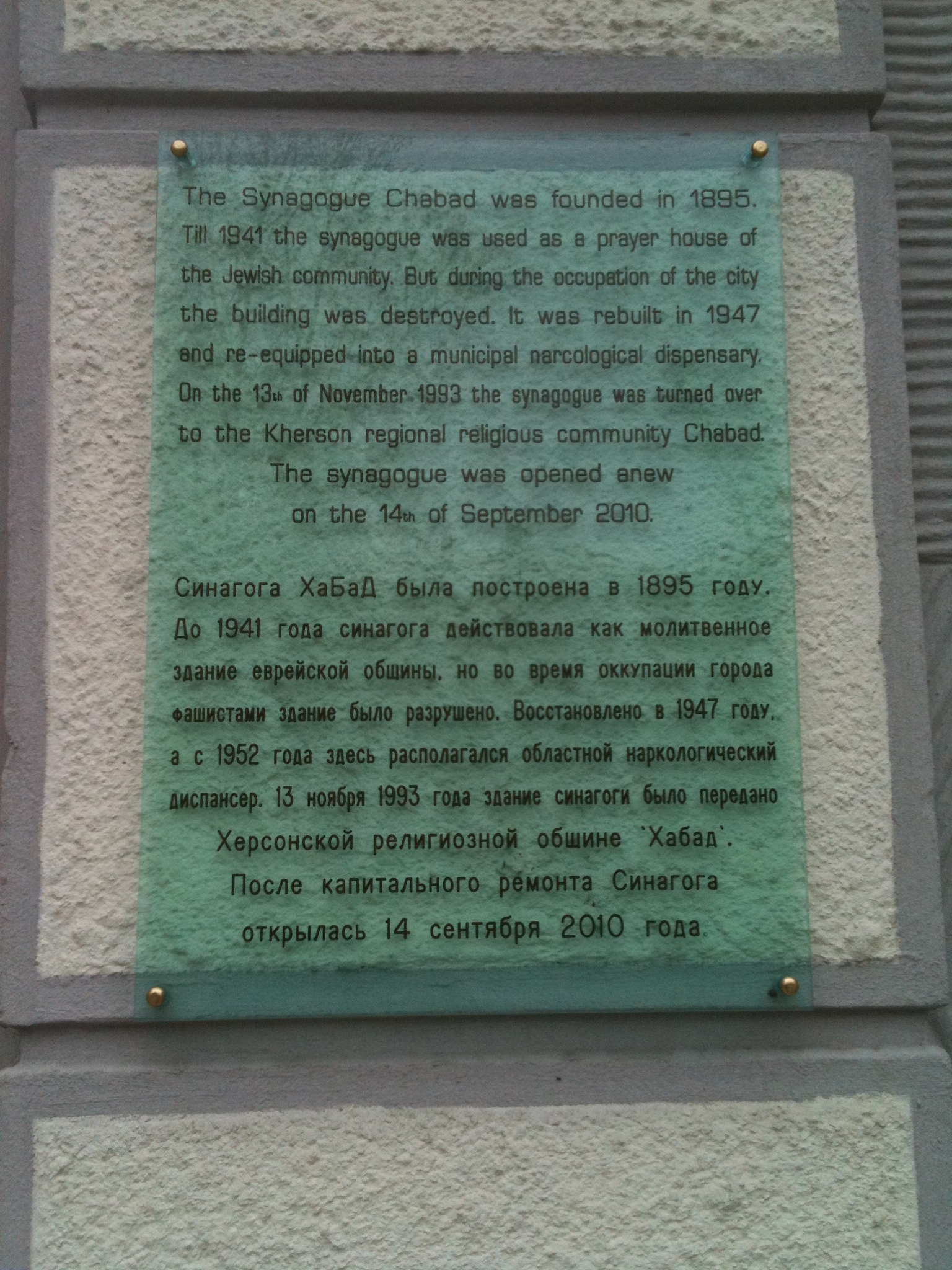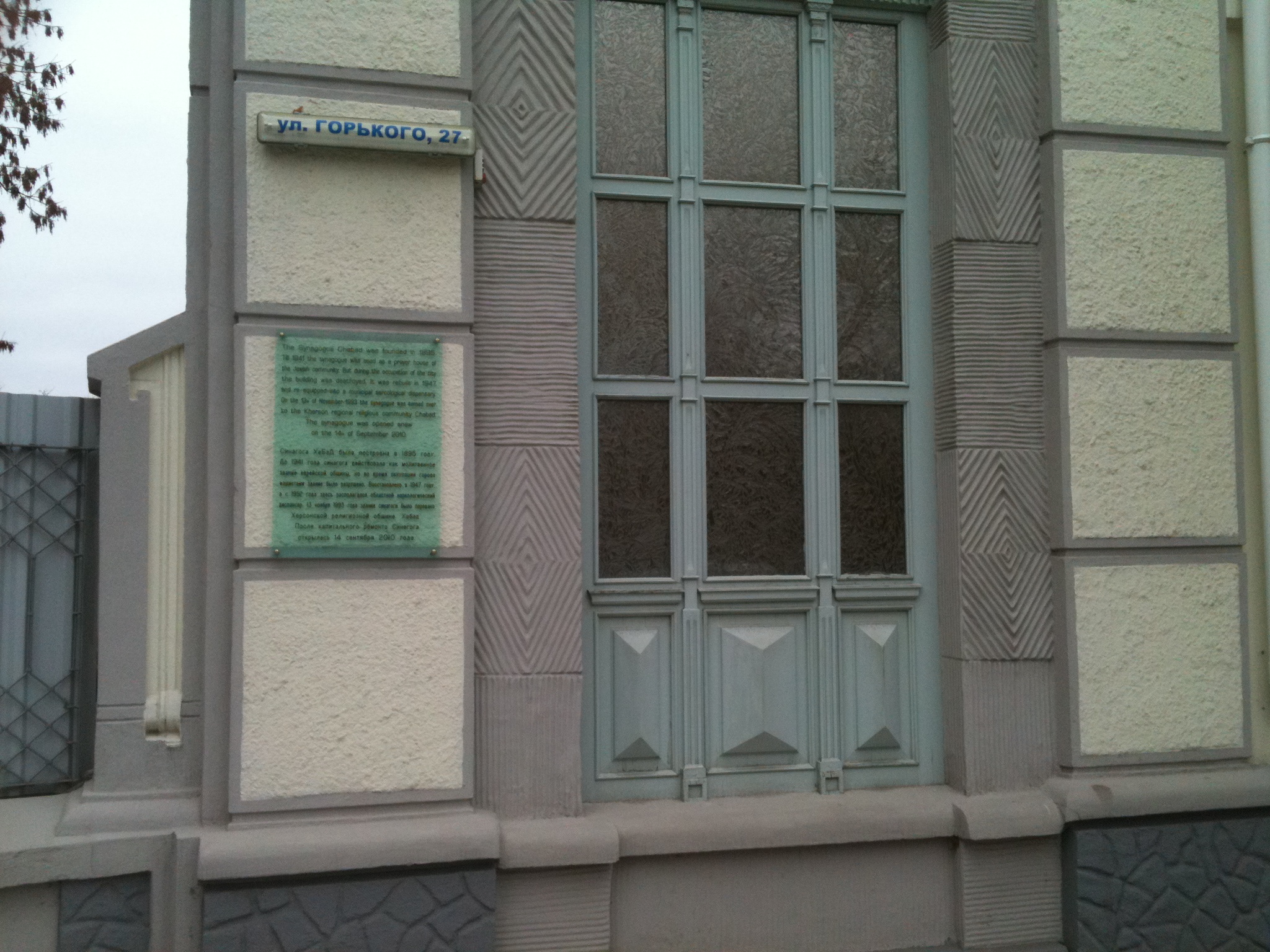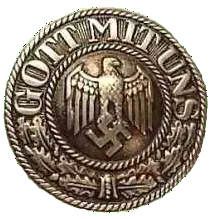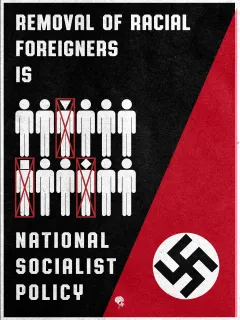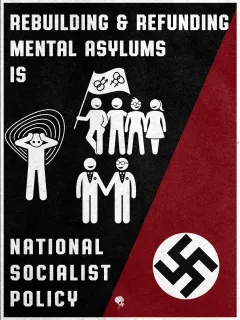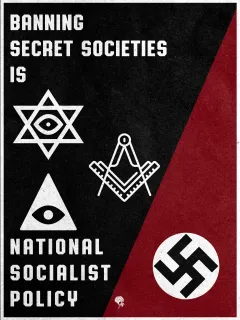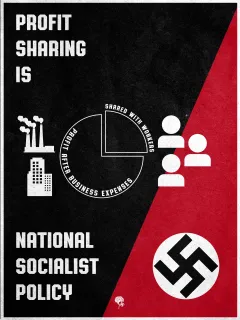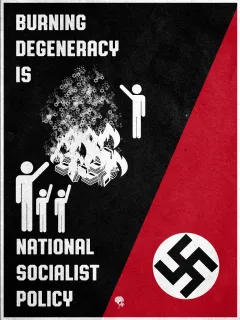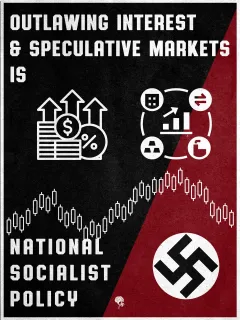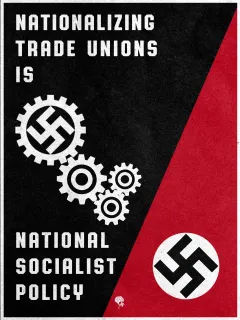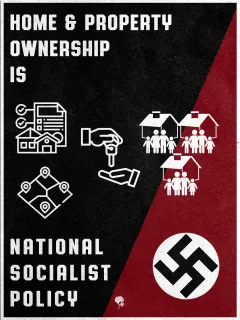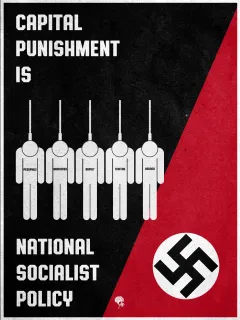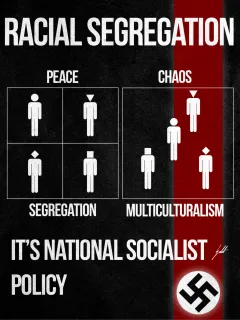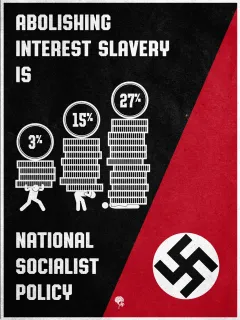In Their Own Words: Soviet Russia Oppressed Christianity and Permitted Judaism
The four pictures below were provided by a friend who recently visited the Ukraine. Because the trip was not planned for tourism, some of the pictures are not the best quality since they were only taken with a cellphone, however they are clearly readable. Click on each of the images for a copy of the original.
The first two images were taken in the St. Sophia Museum which is in the St Michael's Monestry Complex in central Kyiv (Kiev), where the history of the church there is recorded. The placard pictured describes the period during the Second World War, and relates how Christianity was actively restored during the occupation of German Axis forces.
The second set of photos are of a plaque on the side of a synagogue in Kherson Ukraine which has been recently restored. On the plaque the Jews themselves describe how "prayer" continued there UNTIL the occupation by German Axis forces in 1941, upon which time such activity was stopped. So the Jews were able to keep their synogogues open during Soviet Communist rule, but the Christians were not, and the German Axis forces actively restored Christian worship and practices during their occupation of Kyiv (Kiev), while the Jews were forced to close their synagogue.
These are clear facts which cannot be argued with. Considering the circumstances by which the Jews always claim that they suffered under Communism, and also claim that the National Socialists cared not for Christianity, it is easily demonstrable from available public proclamations that they are indeed found to be liars once again.
The pictures help to prove that the Soviets closed Christian churches, and left Jewish synagogues unmolested. Contrarily, the National Socialist Germans restored Christian churches to operation, and destroyed at least this one Jewish synagogue.
We thank our friend for his astute recognition of the importance of the words on the placards, and for providing us with the images.
The English portion of the caption shows that the Soviets closed churches from the Bolshevik period until they were reopened by the Germans during their occupation of the Ukraine:
After the beginning of the Great Patriotic War, the stocks of St. Sophia Museum were not evacuated. On their basis, the occupational authorities opened the Architectural-Historic Museum and appointed Professor O. Povstenko its consultant. In 1942, some relics from St. Michael's Monastery appeared in the Local Museum of Ancient History and Prehistory (the Pedagogical Museum). Documents of the Einsatzstab of Reichsleiter A. Rosenberg recorded the transportation of one mosaic and 27 frescoes from St. Michael's Cathedral to Germany in October, 1943. In 1947-49, some (less than half) of the values, extensively damaged, returned to St. Sophia Museum. Relevant acts certify the receipt of five facial images (instead of eight removed), a hexagonal cross, an attributed ornament and four sets of fragments. In the process of restitution, some items from St. Michael's Monastery appeared in Russian museum stocks, were kept under a special regime and thus barred from scientific and information exchanges. Today, up to 25 original artistic works from St. Michael's Cathedral of the Golden Domes are kept in the Russian Federation.
In 1942, the Ukrainian Autocephalous Orthodox Church and the church life in general reanimated in occupied Kyiv. The churches turned by Soviets into movie theatres and warehouses were consecrated again. Religious education of children and the church practice were resumed. After the war, the majority of priests of the Ukrainian Autocephalous Orthodox Church emigrated. Having made sure of the bankruptcy of its atheistic policy, the Soviet authorities started supporting the Patriarchal Church, using it as a state institute.
The English portion of the caption shows that the Soviets left the synagogues open and operating unmolested from the Bolshevik period until they were closed by the Germans during their occupation of the Ukraine:
The Synagogue Chabad was founded in 1895. Till 1941 the synagogue was used as a prayer house of the Jewish community. But during the occupation of the city the building was destroyed. It was rebuilt in 1947 and re-equipped into a municipal narcological dispensary. On the 13th of November 1993 the synagogue was turned over to the Kherson regional religious community Chabad. The Synagogue was opened anew on the 14th of September 2010.

